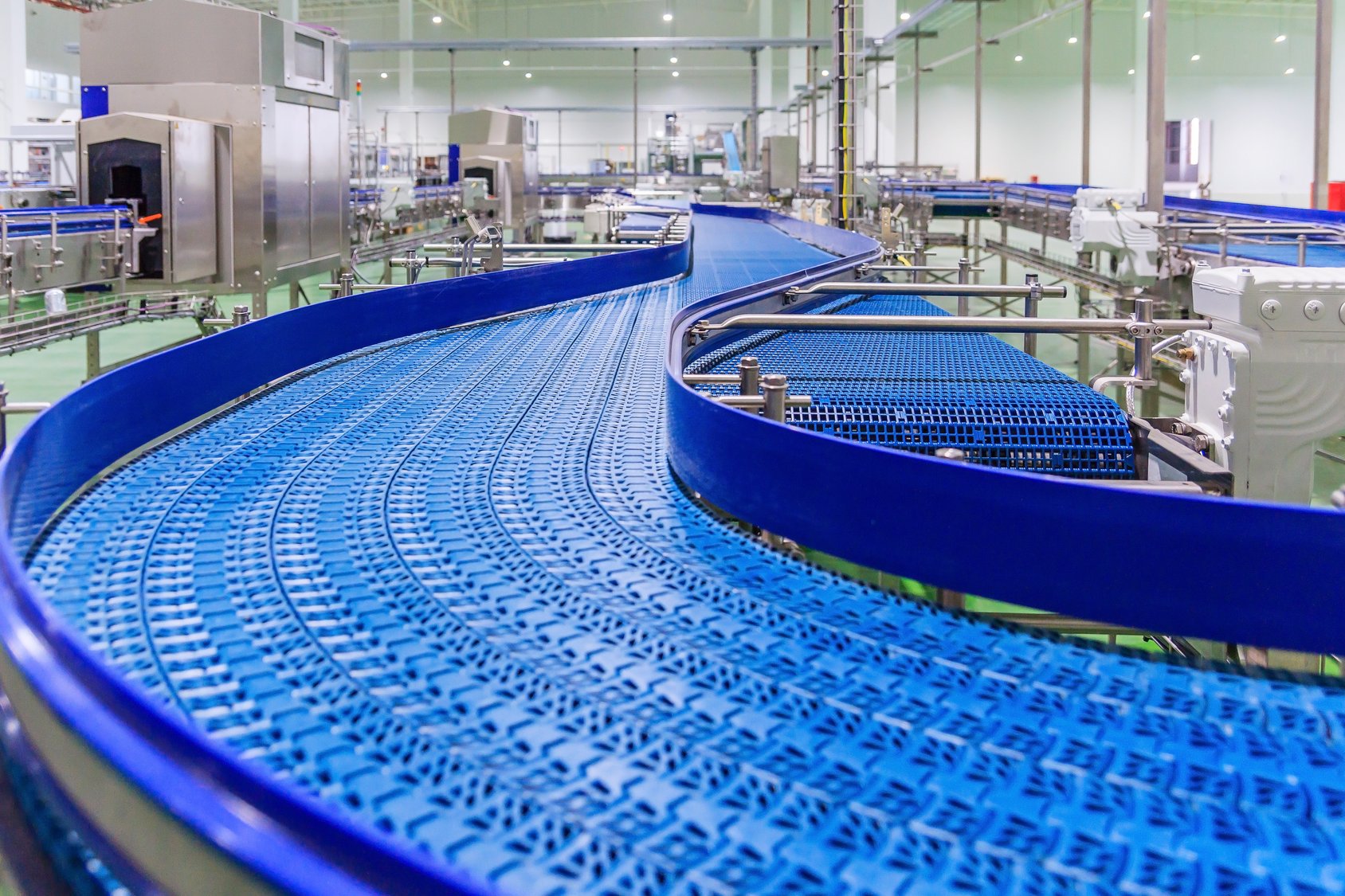
This article is part of our CloudSuite Industrial Feature Focus series.
Each post highlights a specific feature within Infor CloudSuite Industrial (CSI). In this one, we’re unpacking Backward vs. Forward Scheduling—two core methods CSI uses to determine job start and end dates.
Here’s what we’re focusing on today:
- Feature: Backward vs. Forward Scheduling
- Module: Advanced Planning & Scheduling
- Product: Infor CloudSuite Industrial ERP
Backward vs. Forward Scheduling Overview
CSI offers two key scheduling approaches: Backward scheduling and Forward scheduling. Each approach answers a different kind of planning question.
Backward scheduling starts with the due date and works in reverse to determine when work must begin. It's useful when meeting the customer’s request date is the top priority and you want to minimize lead time and inventory holding.
Forward scheduling starts from today (or another known start date) and pushes jobs forward to determine the earliest possible finish date. This is ideal when the goal is to start work as soon as possible, even if that means early completion.
CSI allows you to use both strategies in tandem—often using backward scheduling for long-range APS planning, then forward scheduling for real-time production execution.
Expert’s Take: Nick Mendolia on Scheduling Direction
Nick Mendolia, Director of Client Solutions at Visual South, shares how CSI customers typically combine both methods:
“You run APS backward for maybe a week or two into the future out, and then forward schedule everything that falls into that zone. It’s the best of both worlds.”
Backward scheduling sounds appealing—start later and avoid excess inventory—but it can cause unexpected behavior. “Lower-priority jobs can end up scheduled before higher-priority ones because of open capacity,” Nick explains. That’s because CSI fills any available earlier slot, even if it creates confusion about job priority on the floor.
Forward scheduling, on the other hand, maintains a cleaner priority order. “It starts today with the highest priority job, then finds the next available slot for the next one,” Nick says. “It’s more intuitive for shop floor teams to follow.”
CSI's hybrid approach—running APS to project demand and capacity backward, then using the scheduler to forward schedule jobs within the near-term horizon—helps avoid pitfalls while balancing due-date commitment with floor-level clarity.
Planning & Scheduling Micro Demo
Want to see how planning and scheduling work in CloudSuite Industrial? Watch this short micro-demo, part of our 20-video demo series on CSI.
Related CloudSuite Industrial Resources
Want to explore more about CSI’s planning capabilities? Let’s talk.
Want to see CloudSuite Industrial in action? Access the full demo gallery below.







